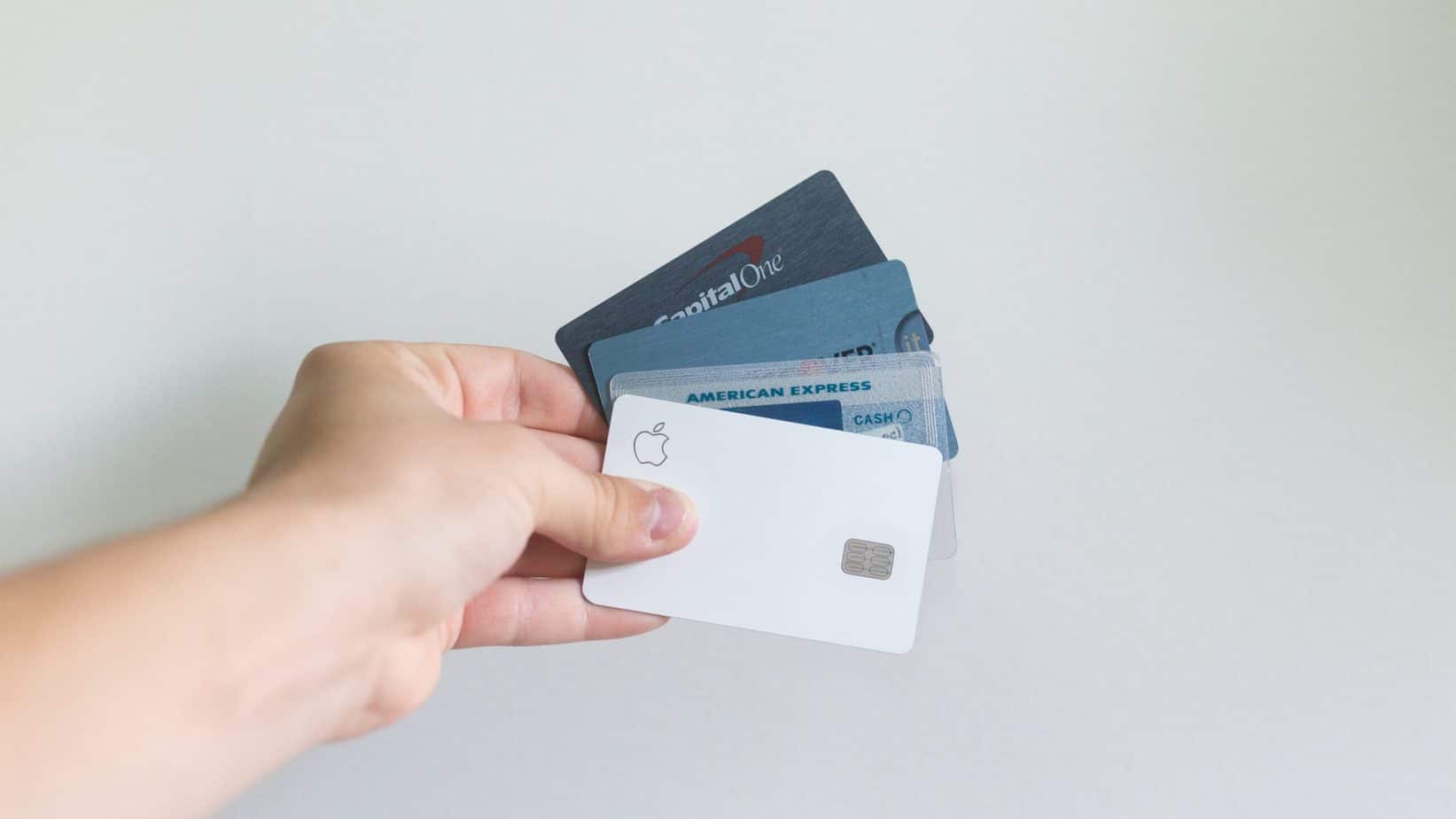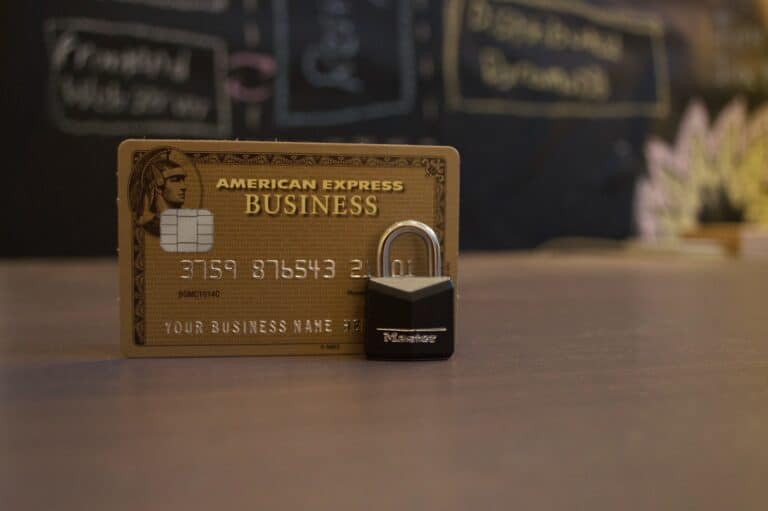How to Repair Your Credit: A Step-By-Step Guide
Repairing your credit step-by-step
Having a good credit score opens doors for you and your family in numerous ways. If you are ever caught wondering how a good score can benefit your life, you need to think about the list of ways it can benefit your future.
You can save up to $40,000 on a mortgage over 30 years if you had just 40 extra points on your credit score. Your child could get a better interest rate on their student loans if you have a high credit score and act as their cosigner.
Auto loans, getting the house of your dreams, or getting a low-interest rate on your next credit card is all dependent on how good a credit score you have.
Credit repair isn’t as tough as you would think. A lot of people believe past money mistakes can ruin their credit forever or that it is damn near impossible to get their credit back but if you handle it step-by-step and focus on improving your finances, your hard work pays off.
This post may contain affiliate links. You can read the full disclosure here.
Here are steps you should take that can help you improve your credit score:
Step 1: Check your credit report- Where can you improve?
You need to know where you are to get where you want to be. The first step to do that is to get your complete credit reports from all three bureaus. In the United States, those three bureaus are Experian, TransUnion, and Equifax.
These bureaus are required by law to give a free report to anyone who asks once a year. Getting your credit report to take a look at will give you an idea of where you stand when it comes to your finances
You can also use a free service like CreditKarma that allows you to track your credit scores for free and gives you recommendations on how you could better your score.
Anything above 700 is considered a good credit score and is what you should aim for.
Step 2: Look for errors and then dispute them
There may be negative items on your credit report that you believe are inaccurate and you have the right to dispute or challenge those negative items with the relevant creditors and bureaus.
If everything is accurate on your report then you can skip this step but if you do find errors while going through your report, you could dispute them and help increase your score.
So, once you have your report in hand, go through all of the personal details, amounts you owe, credit cards, etc, and look for any inaccurate information.
If you do find something that is worth disputing, make a copy of your report and highlight the error in question. You can then add proof of the error such as other bank statements, written proof from your lender or bank, receipts, etc.
This proof will be what convinces the bureaus to remove the error in question. You can then go ahead and send in all of these copies to the bureau that is reporting the error.
Getting rid of inaccurate information that is harming your score is an easy way to improve your finances.
Step 3: Start paying off credit card debt
Now that you have narrowed down on any inaccurate errors and done what you can to get them removed, you need to focus on improving your credit score by paying off balances.
Focusing on high-interest credit is the best course of action in this case since you will save money and time in the long run. This is essentially the avalanche method of paying off balances and it works wonders!
It is a good long-term strategy to improve your credit score but it requires determination and perseverance.
You need to focus on the future and cut your budget down to the necessities so you can focus on paying off your balances which is a great way of bettering your score.
Paying down your debts is the key to improving your credit and financial future.
Step 4: Keep track of your credit utilization
Credit card utilization refers to the portion of your available credit that you are using and the lower it is the better.
So, for example, if you have a credit card with a limit of $2000 and you have charged $500 on that credit card, you have used 25%. Staying as far away from the limit as you can is a good way of improving your overall score. Since credit bureaus pay attention to how much of your available credit you are using, keeping your credit utilization to a minimum will help.
The more available credit you have, the better. Bureaus view available credit as a good thing.
You can also sign up to receive text alerts when you reach a certain percentage of your credit limit. Anything below 35% is good.

Step 5: Ask for higher credit limits
Keeping in mind what we just talked about, another good way of having more available credit is to increase your credit limits. Keeping below 35% of your available credit can be tough even though it is what is recommended.
To help with this you can increase how much available credit you have by asking for higher credit limits.
This can be done in a couple of ways. First, if you have been a good customer, you could ask for a temporary increase in your credit limit and have it granted.
If this is not an option, ask someone with an established account if they are willing to add you as a user. Being a user on an account that has a high credit limit and low credit utilization could benefit your credit score.
Step 6: Do not close old credit cards
Keeping old credit cards open will benefit your credit score because they contribute to your overall credit limit which helps your credit utilization percentage stay low.
You can simply keep the card active and use it on occasion so it can contribute to your overall limit.
The age of your credit history is also of importance so if you have had a credit card for years and suddenly close it, that could negatively impact your average age of credit history.
Step 7: Start paying your monthly bills on time
Making monthly bill payments is the easiest way to show bureaus and creditors that you are a trustworthy bet. When lenders take a look at your credit score, they pay attention to how frequently you pay your bills on time because it is a good indicator of what is to come.
Auto payments, loans, student loans, utilities, rent, or even a phone bill being paid on time is a good thing for your credit score.
Late payments negatively affect your score and making payments on a regular basis does the opposite.
A late payment on your credit card will immediately be reported to the bureaus so making payments on time should be a top priority.
Automatic payments or using a reminder can help you with this.
 | Swagbucks pays you to take surveys online and is one of my favorite survey websites because of its countless survey options and trustworthiness. They pay you via PayPal or gift cards if you take surveys through their website. You also get a $5 welcome bonus using this link. | |
| CIT Bank offers high yield savings accounts and term CDs that are great for people who are looking to invest their cash and earn interest. One of the reasons they are so famous among savers is because they have one of the nation’s top rates- 6x the national average (your typical savings account earns you just 0.09%). | ||
 | FlexJobs is great if you are looking for remote work opportunities. The team at FlexJobs monitors every job posting to make sure the standard is maintained so you will find well-paying job opportunities and zero scammy ones. | |
 | For wise parents with their children’s futures in mind, an early tax-advantaged investment account specifically tailored for children is a fantastic idea. Programs such as UNest are designed to help you achieve this goal of crafting a better future for your children. |
|
 | Credit Saint is my top pick when it comes to credit repair agencies. It has a 90-day money-back guarantee, an A+ rating from the BBB, affordable pricing and it has also been voted the best credit repair company by consumer advocate. Credit Saint |



